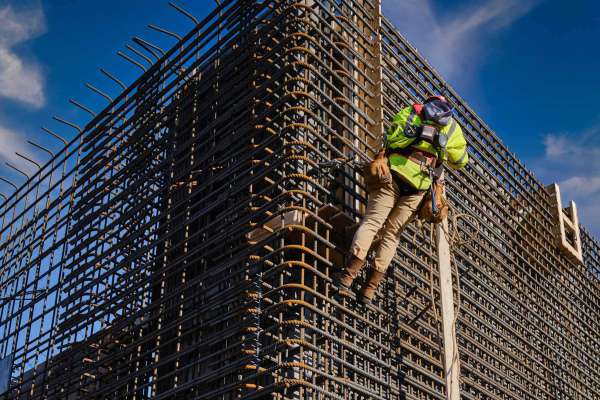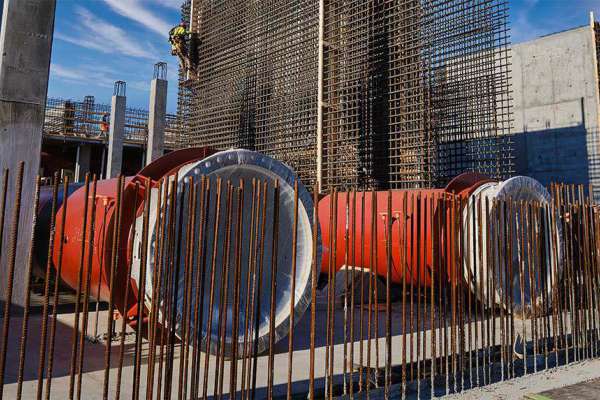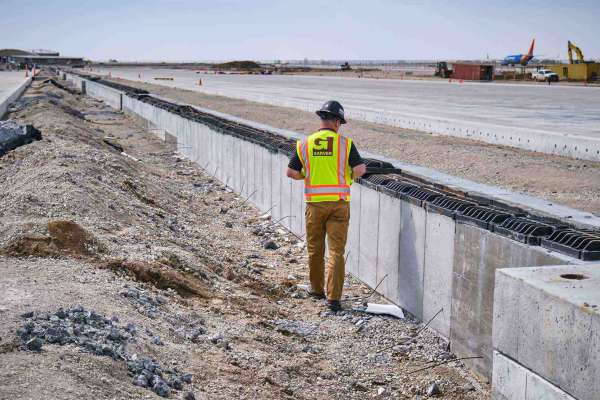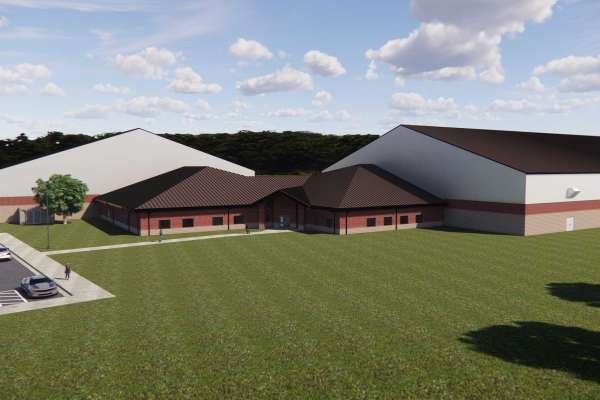Director’s Insight
APD has become a go-to for some of the most formidable projects. In this issue, we’re going to show you just how powerful those tools can be.
Over the course of the past decades, the scale and scope of infrastructure projects have grown. What had once seemed like impossibly daunting projects are now dwarfed by those that have followed. Fortunately, the toolkits that we use as engineers and designers to approach those projects have improved in kind.
Since the 1990s, a new approach to infrastructure solutions known as Alternative Project Delivery, or APD, has become a go-to for some of the most formidable projects. In the intervening years, those approaches have evolved as well, encompassing now a spectrum of approaches specifically tailored to the parameters of any given project.
Although APD can seem daunting in some respects, the upshot of any given approach is the same: These approaches make certain aspects of infrastructure design and construction less challenging than they might have otherwise been.
In this issue, we’re going to show you just how powerful those tools can be – and how their applications have already taken root in projects being delivered by a variety of Garver services. Although each of these stories vary widely, what ultimately ties them all together is the way in which a complex problem has been broken down to its component parts.
In that sense, APD is the result of cause and effect, a solution for what lies ahead.










Share this article